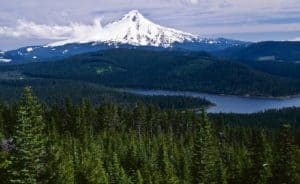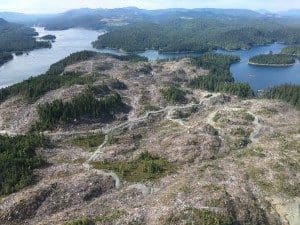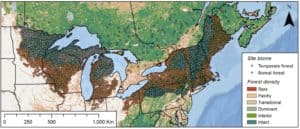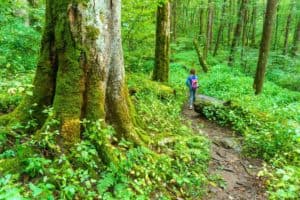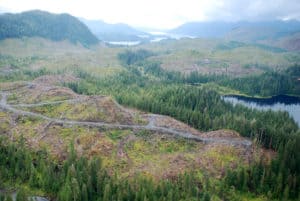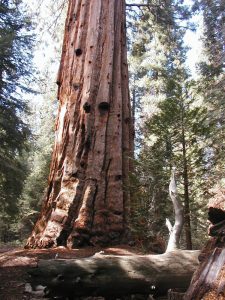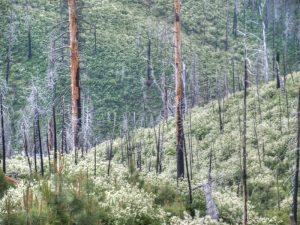The way courts approach scientific controversy is a common thread on this blog. We happen to have a perfect example from the Ninth Circuit Court of Appeals (link to the opinion included) last week. And it happens to involve the science of “variable density thinning” to reduce wildfire threats, another popular topic here.
The Project is the Crystal Clear Restoration Project on the Mt. Hood National Forest. The stated primary purpose of the Project is to reduce the risk of wildfires and promote safe fire-suppression activities. It would use “variable density thinning” to address wildfire concerns, where selected trees of all sizes would be removed. According to the plaintiffs, it would encompass nearly 12,000 acres and include almost 3000 acres of logging of mature and old-growth forests along with plans to build or re-open 36 miles of roads. The court held that an EIS was required because of scientific controversy about the effects of variable density thinning on what plaintiffs characterized as “mature, moist forest.” The court also found that the Forest failed to show that cumulative effects would not be significant.
In both cases, the court found that the Forest “did not engage” with the information provided by the plaintiffs after, “The plaintiffs, especially Bark, got people out into the landscape and spent thousands of hours collecting information about what was going on in the land and gave that information to the Forest Service,” said attorney Brenna Bell, who spent four years on the case. Failing to engage is a common reason for the Forest Service failing to win in court, especially when under pressure to meet “timber volume targets imposed by President Donald Trump’s administration.”
The EA stated that the Project would assertedly make the treated areas “more resilient to perturbations such as . . . largescale high-intensity fire occurrence because of the reductions in total stand density.” Plaintiffs had provided “substantial expert opinion” that disputed that outcome. As plaintiffs point out in their victory notice, here is how the court viewed it:
“Oregon Wild pointed out in its EA comments that “[f]uel treatments have a modest effect on fire behavior, and could even make fire worse instead of better.” It averred that removing mature trees is especially likely to have a net negative effect on fire suppression. Importantly, the organization pointed to expert studies and research reviews that support this assertion
Oregon Wild also pointed out in its EA comments that fuel reduction does not necessarily suppress fire. Indeed, it asserted that “[s]ome fuel can actually help reduce fire, such as deciduous hardwoods that act as heat sinks (under some conditions), and dense canopy fuels that keep the forest cool and moist and help suppress the growth of surface and ladder fuels . . . .” Oregon Wild cited more than ten expert sources supporting this view.”
Even the fuels report by the Forest Service acknowledged the possibility of increased fire severity. The court held (emphasis added):
“In its responses to these comments and in its finding of no significant impact, the USFS reiterated its conclusions about vegetation management but did not engage with the substantial body of research cited by Appellants. Failing to meaningfully consider contrary sources in the EA weighs against a finding that the agency met NEPA’s “hard look” requirement as to the decision not to prepare an EIS. This dispute is of substantial consequence because variable density thinning is planned in the entire Project area, and fire management is a crucial issue that has wide-ranging ecological impacts and affects human life.”
The opinion is short and worth reading as a good example of how not to approach NEPA effects analysis (i.e. “let’s make this fit into an EA instead of an EIS”). The court cited 9th Circuit precedent for this requirement: “To demonstrate a substantial dispute, appellants must show that “evidence from numerous experts” undermines the agency’s conclusions.” The court is not choosing the science; only faulting the Forest Service for ignoring conflicting views that it found rose to a level of scientific controversy. Under NEPA, evidence of scientific controversy requires an EIS to fully explore how the use of that science may be important to determining environmental impacts.
